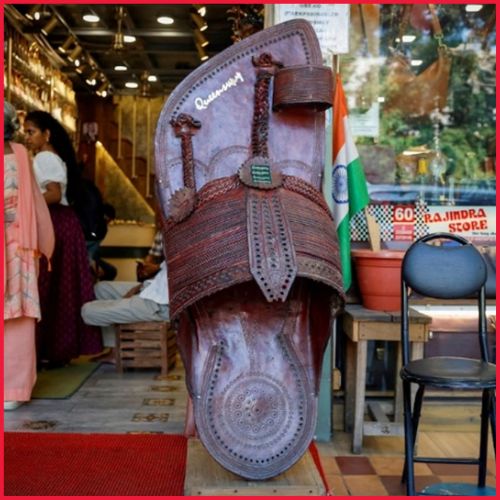In order to evaluate the safety of new automobiles, the government will introduce the Bharat New Car Assessment Programme (NCAP) in October. Similar to the worldwide NCAP and European NCAP, the initiative will award stars depending on how well vehicles perform in crash testing, thereby enhancing the nation’s level of road safety. Nitin Gadkari, Minister of Road Transport and Highways (MoRTH), announced the introduction of a new B-NCAP vehicle safety standard. In India, where there are 5 lakh accidents and 1.5 lakh fatalities per year, he emphasized the necessity of safer automobiles.
The sector will be able to access the export market with both cost and quality offers, he added, thanks to B-NCAP.
According to Bharat NCAP, vehicles in India will receive Star Ratings based on how well they do in Crash Tests. It will work as a platform focused on the needs of the consumer, allowing users to choose safer automobiles based on their star ratings and encouraging healthy competition among Indian OEMs to produce safer cars.
It is vital to provide Indian cars with a high star rating based on crash tests, not only to guarantee passenger and structural safety but also to make Indian cars more exportable.
With consideration for the current Indian rules, it is recommended that Bharat NCAP’s testing process be matched with global crash test protocols, enabling OEMs to have their cars assessed in India’s own in-house testing facilities.
Currently, there is no requirement for vehicle crash testing, although a few automakers have voluntarily submitted some of their automobiles to Germany and other NCAP-accredited testing facilities in Europe for evaluation. With Indian NCAP in place, firms could do such crash tests far more cheaply at home.
The outcomes of crash tests would assist purchasers in making an informed choice regarding the model of automobiles to purchase. Already 15 to 20 automobile models have submitted requests for star ratings under the B-NCAP program.
The launch of an India-specific NCAP will further boost the localization of safety equipment, aiding in the general uptake and manufacture of safer automobiles. Although crash testing may initially be optional, once enough capacities for such testing are made accessible, requirements may be tightened.














